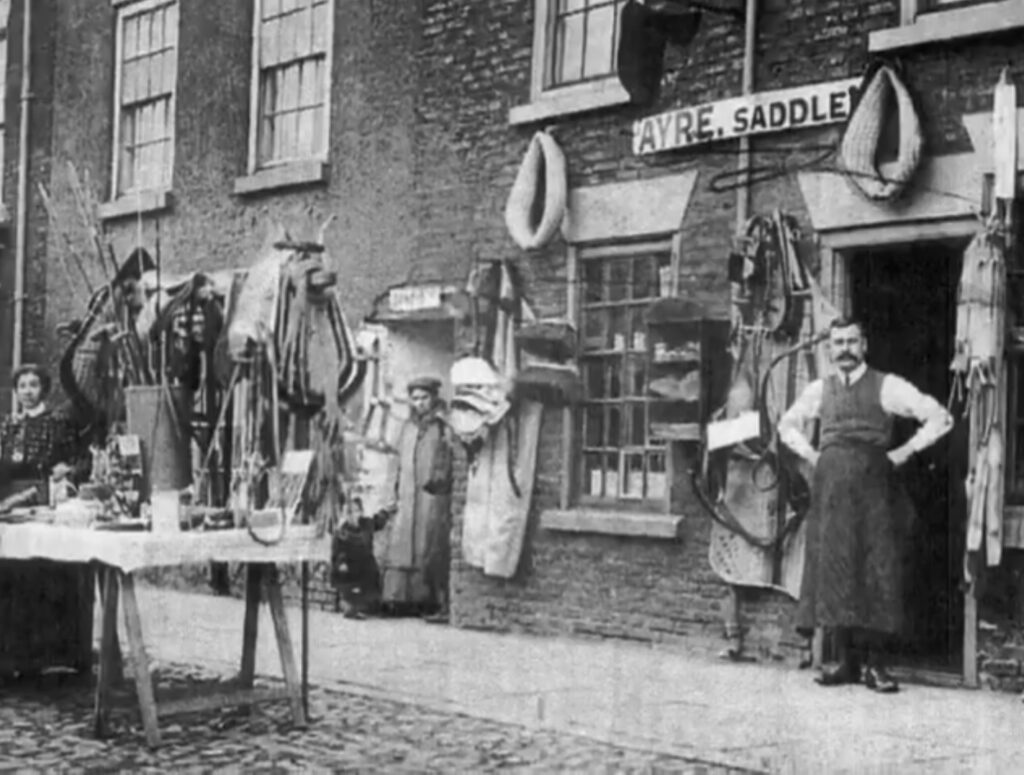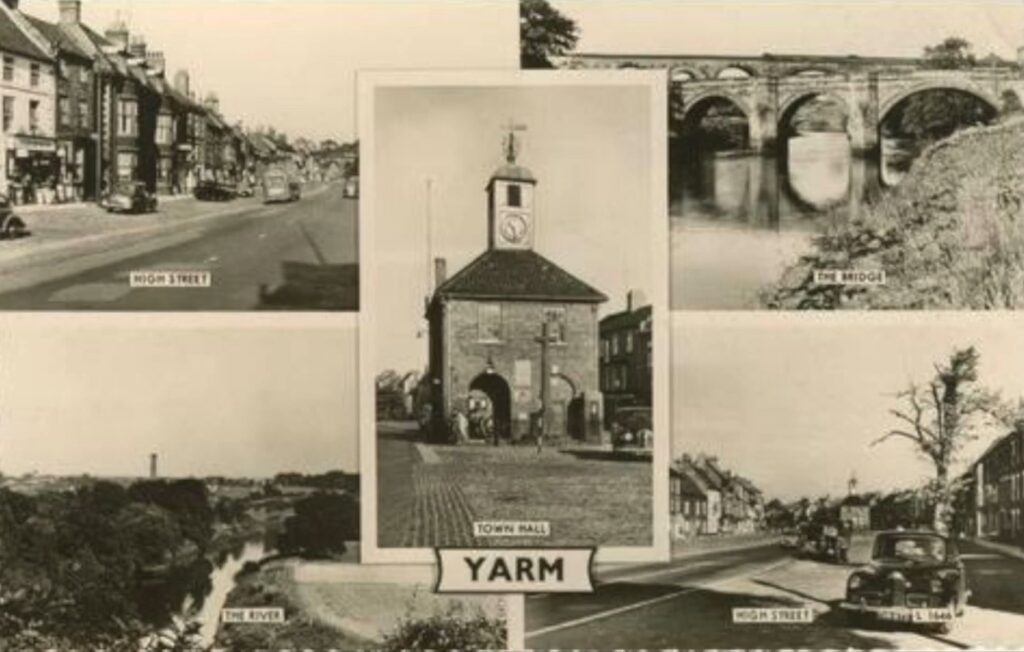Nestled on the banks of the River Tees in North Yorkshire, Yarm is a charming town that is steeped in history. From its picturesque streets and architecture to its rich culture and traditions, Yarm has plenty to offer visitors. But what many people may not know is that the town is also home to a number of fascinating legends and stories that have been passed down through the ages. In this article, we’ll explore some of Yarm’s most famous legends, from Captain Cook to the Grey Lady.
Captain Cook
Captain James Cook is undoubtedly one of Yarm’s most famous sons. Cook was born in nearby Marton in 1728 and spent his teenage years working in Yarm as an apprentice to a shopkeeper. It was during his time in Yarm that Cook developed his love for the sea and exploration. He joined the Royal Navy and went on to become one of the most celebrated explorers of all time, making three epic voyages to the Pacific Ocean.
Today, there is a plaque in the town center commemorating Cook’s time in Yarm. Visitors can also take a walk along the Captain Cook Trail, a six-mile walk that takes in some of the sites associated with Cook’s life and work in the area.
The Yarm Worm
The Yarm Worm is a legendary creature that has been a part of local folklore for centuries. According to legend, the worm was a fearsome beast that lived in the River Tees and terrorized the local population. It was said to be as thick as a tree trunk and had a pair of sharp fangs that it used to devour cattle and other animals.
One day, a brave knight named John Conyers decided to take on the Yarm Worm. He armed himself with a spear and a suit of armor and rode out to face the beast. The two battled fiercely, but in the end, Conyers emerged victorious. He killed the worm and freed the town from its reign of terror.
The Grey Lady
The Grey Lady is another famous legend that is associated with Yarm. According to local lore, she is the ghost of a woman who was murdered by her husband in the 1600s. Her spirit is said to haunt the former site of Yarm Castle, which was demolished in the 1800s.
Over the years, there have been many sightings of the Grey Lady. She is said to appear as a misty figure, dressed in grey and floating above the ground. Some people have reported feeling a chill in the air or a sense of unease when they are in the vicinity of the castle ruins.
Egg Throwing Championship
While not as old as some of Yarm’s other legends, the Egg Throwing Championship is a unique and entertaining tradition that has been taking place in the town since 1971. The championship involves teams of two throwing an egg back and forth, with the distance between the teammates increasing with each round. The last team to remain unscathed wins the championship.
The Egg Throwing Championship has become a popular event, attracting competitors from all over the country. It is held every year on the Sunday before the August Bank Holiday.
Cattle Fair
The Yarm Cattle Fair was once one of the largest cattle markets in England. It was held twice a year, in May and October, and attracted buyers and sellers from all over the country. The fair was a major event in the town’s calendar, with people coming from far and wide to buy and sell cattle, as well as to enjoy the entertainment and socializing.
The Yarm Cattle Fair continued until the mid-20th century, when changes in farming practices and transportation led to its decline. Today, the fair is no longer held, but it is remembered fondly by many locals and visitors.
Yarm is a town full of fascinating legends and stories that have captured the imagination of people for centuries. From the famous explorer Captain Cook to the ghostly apparition of the Grey Lady, Yarm’s legends offer a unique glimpse into the town’s rich history and culture. Whether you’re a history buff or simply looking for a quirky and interesting destination, Yarm is definitely worth a visit.


